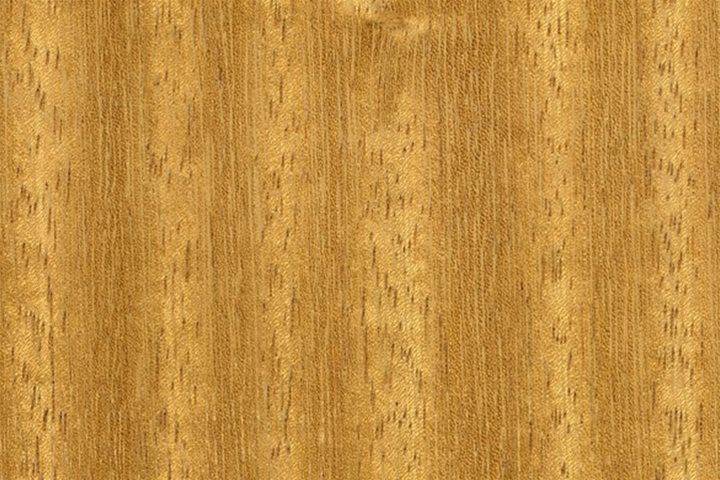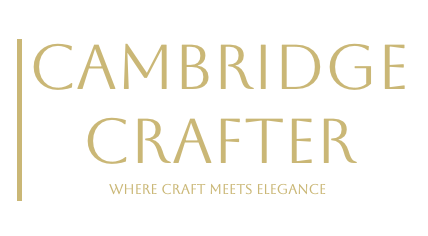
Iroko
Iroko, commonly sourced from Milicia excelsa (also known as Chlorophora excelsa), is a large tropical hardwood tree native to West, Central, and East Africa, with a range stretching from Sierra Leone to Tanzania. It thrives in tropical rainforests and savannas, growing to 100–160 feet tall with trunk diameters of 3–6 feet, often featuring a straight, cylindrical bole with buttressed roots in older trees.
The heartwood of Iroko is a rich golden-brown to medium brown when freshly cut, darkening to a deeper, warm brown with age and exposure to light, sometimes with hints of reddish or yellowish tones. The sapwood is a pale yellowish-white, clearly distinct. The grain is typically interlocked, occasionally straight, with a medium to coarse texture and a moderate natural lustre. Iroko often displays a subtle figuring, such as faint stripes or mottling, which adds to its visual appeal.
Iroko has a density of around 650–750 kg/m³, making it a hard, strong, and durable wood with good stability once seasoned. It’s highly resistant to natural decay, moisture, and insects, thanks to its natural oils, which make it an excellent alternative to teak for outdoor applications—it’s often called “African Teak” in the trade, though it’s not a true teak. These oils can interfere with gluing and finishing, so degreasing with a solvent like white spirit is recommended before bonding or applying a finish. The interlocked grain can cause tearout during planing, and its silica content may dull tools, requiring sharp, carbide-tipped blades. Iroko sands and finishes well, often taking on a rich, golden glow with oil-based finishes.
When worked, Iroko has a mild, peppery scent, which can be slightly irritating to some, and its dust may cause respiratory or skin reactions in sensitive individuals. In the UK, it’s widely used for outdoor furniture, boatbuilding, decking, and flooring, as well as interior joinery, cabinetry, and veneer. Its durability makes it suitable for structural uses like window frames or garden benches, while its attractive grain is prized for decorative pieces.
Iroko is moderately expensive, less costly than teak but more than many domestic hardwoods, due to its desirable properties and import costs. While Milicia excelsa is listed as near-threatened by the IUCN due to overexploitation and habitat loss, it’s not on CITES Appendices, and sustainable forestry practices in countries like Ghana help maintain supply. In the UK, it’s a popular choice for projects requiring a balance of durability, beauty, and cost-effectiveness, often sourced from certified plantations to ensure responsible use.
